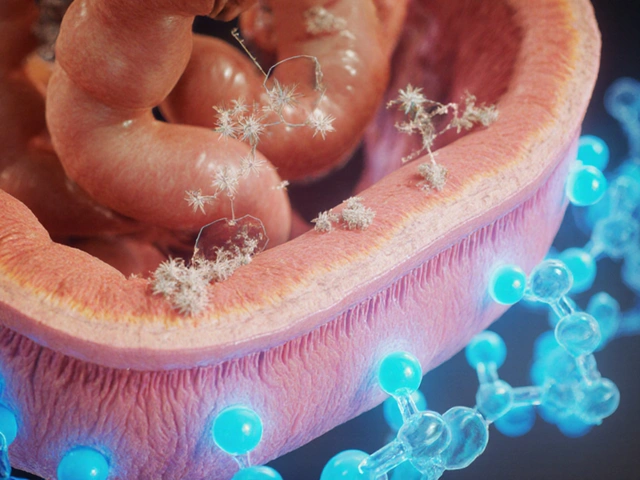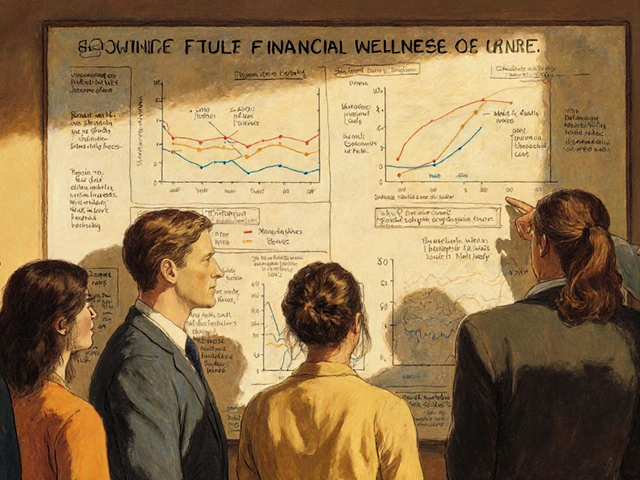Nitroglycerin: What It Does, How to Use It, and What to Watch For
Ever wonder why your doctor might hand you a tiny tablet that smells like pennies? That’s nitroglycerin, a fast‑acting medicine that widens blood vessels and relieves chest pain. It’s been saving lives for over a century, and it’s still a go‑to for angina and heart attacks.
Why does it work so quickly? Nitroglycerin releases nitric oxide, which tells the smooth muscles in your arteries to relax. When the vessels open up, blood can flow more easily, easing the strain on your heart. That’s why you can feel relief in just a few minutes after a dose.
How to Take Nitroglycerin Safely
There are three common forms: sublingual tablets, a spray, and a transdermal patch. For sudden chest pain, sublingual tablets or spray are best—place the tablet under your tongue or spray it onto the tongue and wait for it to dissolve. Don’t chew or swallow the tablet; you’ll miss the fast effect.
Typical dosing starts with one tablet (0.3‑0.6 mg). If the pain isn’t gone after five minutes, you can take another dose. Most guidelines say no more than three doses in 15 minutes. If pain persists, call emergency services—this could be a heart attack.
Side Effects and Interactions to Keep an Eye On
Most people feel a mild headache or a warm flush. Those are normal signs the vessels are widening. A sudden drop in blood pressure can cause dizziness or fainting, especially if you stand up quickly. If you notice any racing heart, severe nausea, or a rash, get medical help right away.
Mixing nitroglycerin with certain meds can be risky. Viagra, Cialis, and other PDE‑5 inhibitors amplify the blood‑pressure‑lowering effect and can cause dangerous drops. Also avoid heavy alcohol or other vasodilators unless your doctor says it’s okay.
Pregnant or breastfeeding? Talk to your doctor. While nitroglycerin is generally safe, dosing may need adjustment. Kids rarely use nitroglycerin, but if they do, the dose is strictly weight‑based and monitored.
Storing nitroglycerin is simple—keep it in its original container, away from heat and direct sunlight. The tablets can lose potency if they get wet, so keep the bottle tightly sealed.
Finally, always carry a spare dose with you, especially if you have known angina. Many people keep a small bottle in their wallet or on a keychain. Having it handy can make the difference between a quick relief and a medical emergency.
In short, nitroglycerin is a powerful, fast‑acting tool for chest pain when used correctly. Know the form you have, follow the dosing steps, watch for side effects, and avoid dangerous drug combos. With these basics, you’ll be ready to use nitroglycerin safely and confidently.

Nitroglycerin (Glyceryl Trinitrate) Guide: Uses, Dosage, Side Effects, and Safety in NZ
Plain-English guide to nitroglycerin/GTN: what it is, how to use it for chest pain, dosing, side effects, interactions, and NZ-specific tips you can act on today.
Aug 21 2025




